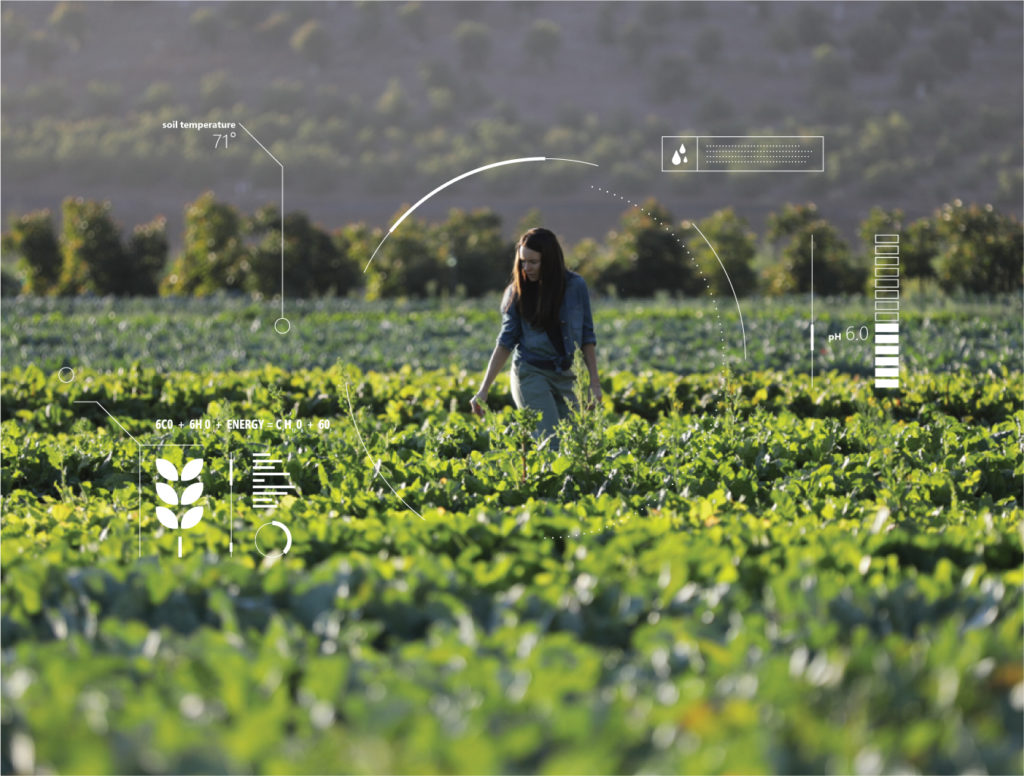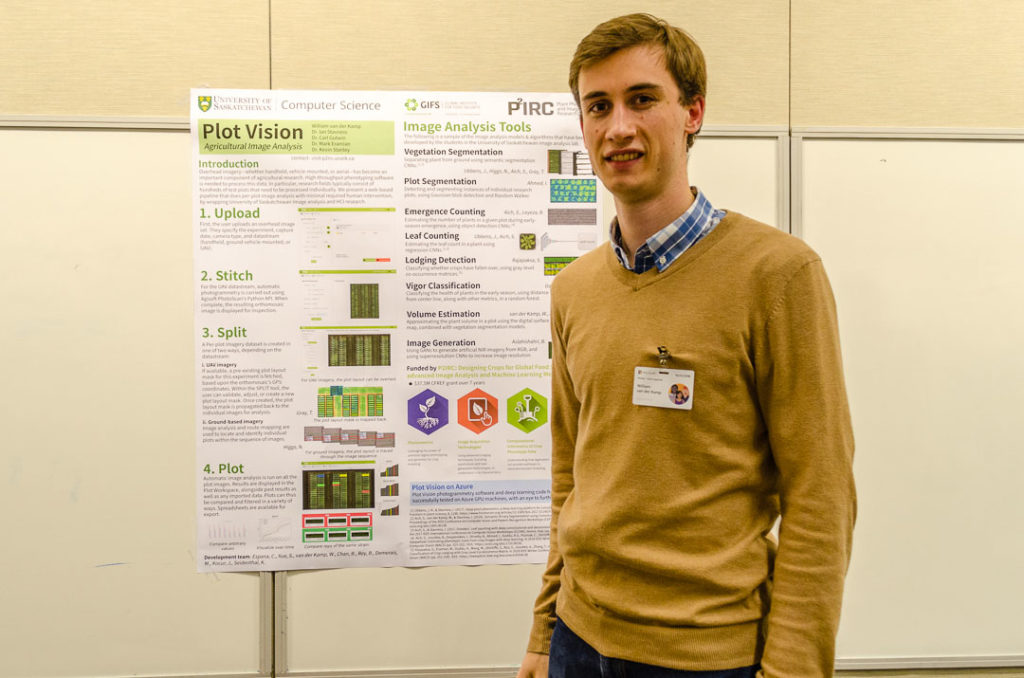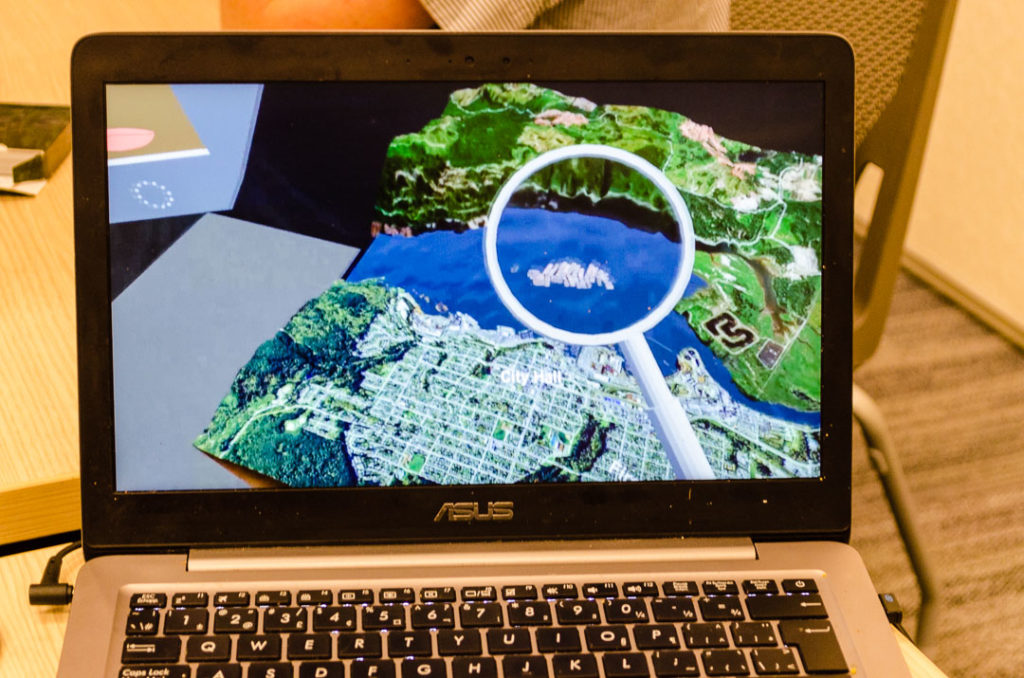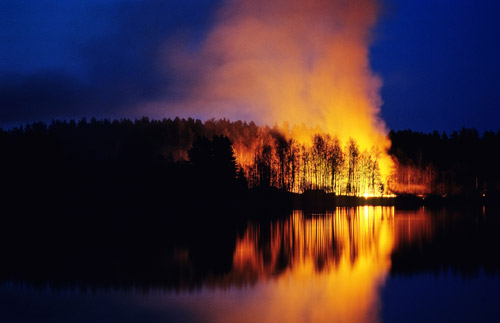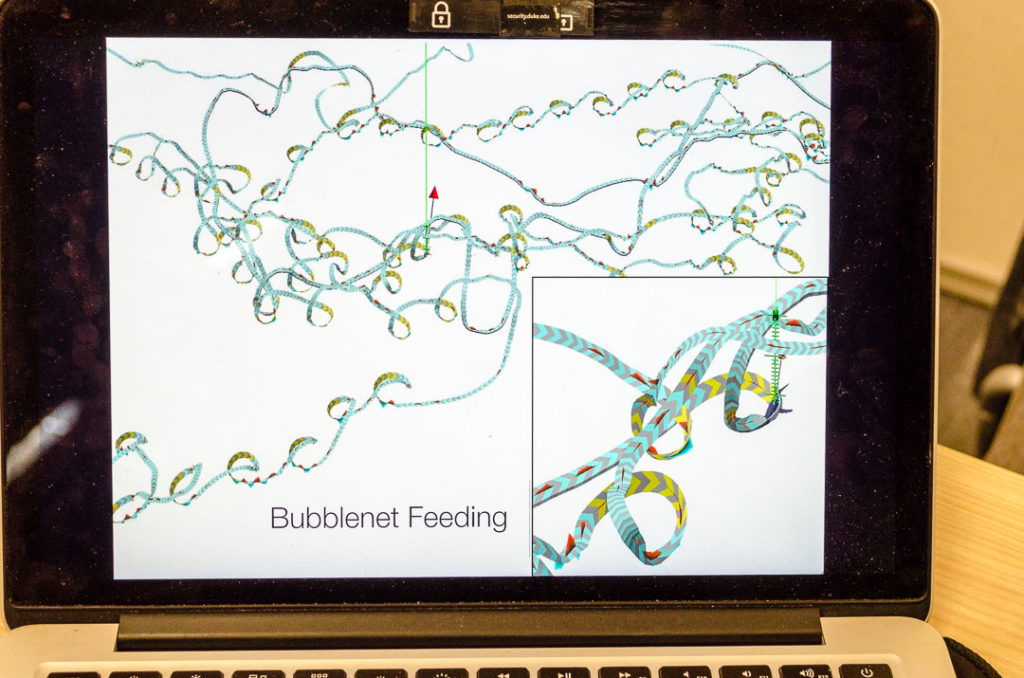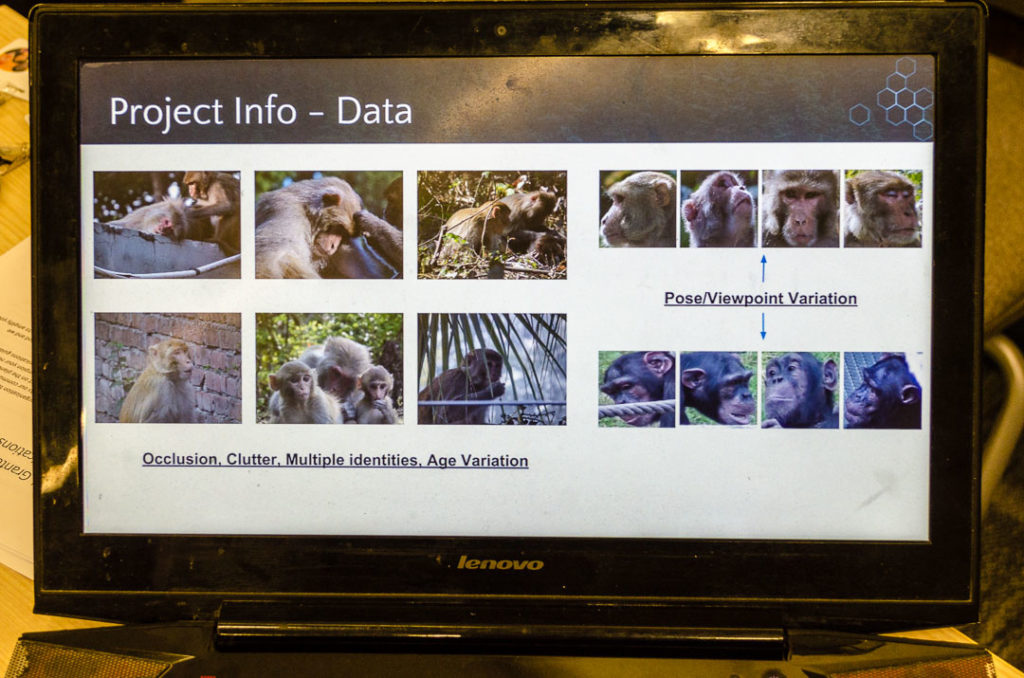Microsoft AI for Earth use Artificial Intelligence to solve complex environmental challenges
Environmental problems are big and complex as climate is warming, water pollution is affecting the ecosystems and population of many species are declining.
Microsoft has been carbon neutral since 2012. Last year on the anniversary of the Paris Climate Accord, which was drafted in 2015 and enacted in 2016, Microsoft announced further commitment to reducing their operational emissions by 75% by 2030.
In addition, Brad Smith, President of Microsoft, launched Microsoft AI for Earth a five year, $50 million global program to use artificial intelligence in four key areas of climate change, agriculture, biodiversity and water. The grant will provided universities and organizations access to Microsoft technology to solve complex environmental challenges. It will also provided training and educational offerings in computer vision, machine learning, deep learning and other AI technologies.
Microsoft’s first Chief Environmental Officer and AI for Earth lead, Lucas Joppa, has a goal to establish one grantee in every country in the world. In the first year of the program, Joppa has allocated 139 grants to projects with impact in 45 countries. There are 11 Canadian grantees, second most of any country after US.
Last week, Microsoft hosted AI for Earth Education Summit in their Redmond campus. During the three day event, grantees participated in workshops, hackathons and informational sessions on artificial intelligence technologies. We had the opportunity to meet grantees from around the word. Some of the interesting projects are:
University of Saskatchewan: Plant PhenotypingÂ
University of Saskatchewan’s Plant Phenotyping and Imaging Research Centre used deep learning to recognize patterns in plant genes to find desirable traits to help breeders speed up breeding programs and create healthier, more robust crops in the future.
The project also used computer vision to analyzed images and videos of plants to identify key traits related to growth, health, resilience and yield. It will allow farmers and breeders to understand differences in genetics to better manage crops.
University of Victoria:Â Coastal Climate Explorer
University of Victoria’s Coastal Climate Explorer (CoaX) developed a set of collaborative tools to explore climate data using virtual reality. It will allow researchers and industry partners to study and collect climate metrics using Microsoft Azure platform.
University of Waterloo:Â Forest Wildfire DynamicsÂ
University of Waterloo’s Forest Wildfire Dynamics used Deep Reinforcement Learning (Deep RL) to tackle the problem of wildfire prediction and control. Deep Reinforcement Learning algorithms can model wildfire dynamics from satellite Images. The project planned to improve policy and planning efforts to reduce wildfire impacts on biodiversity and agriculture by predicting the path and speed of the fires.
Duke University: Polar Research
Duke University’s Ocean Exploration and Conservation used drones, satellites and gliders to study penguins, seals and whales. Researchers developed a cloud-based workflow for mapping and censusing the animals breeding colonies at scale with machine learning.
Indraprastha Institute of Information Technology Delhi: Monitoring Monkey PopulationÂ
India has the third largest number of AI for Earth grantees, after the United States and Canada. Indraprastha Institute of Information Technology Delhi used facial recognition to monitor monkey population and reduced human-monkey conflict. It will allow researchers to implement more cost effective population control.
